Over the last two years, I have been spending a lot of time in Glasgow.
My boyfriend and I met during lockdown, but live 150 miles apart, and have, somehow, managed to make a long-distance relationship work. This is almost solely because I have a car.
Not only has it been a godsend for allowing us to travel between the two cities, but – during the times of stricter lockdowns – we were able to drive somewhere lovely for a walk.
We also had our first holiday together, road-tripping through the Scottish islands, when travel abroad was still banned.
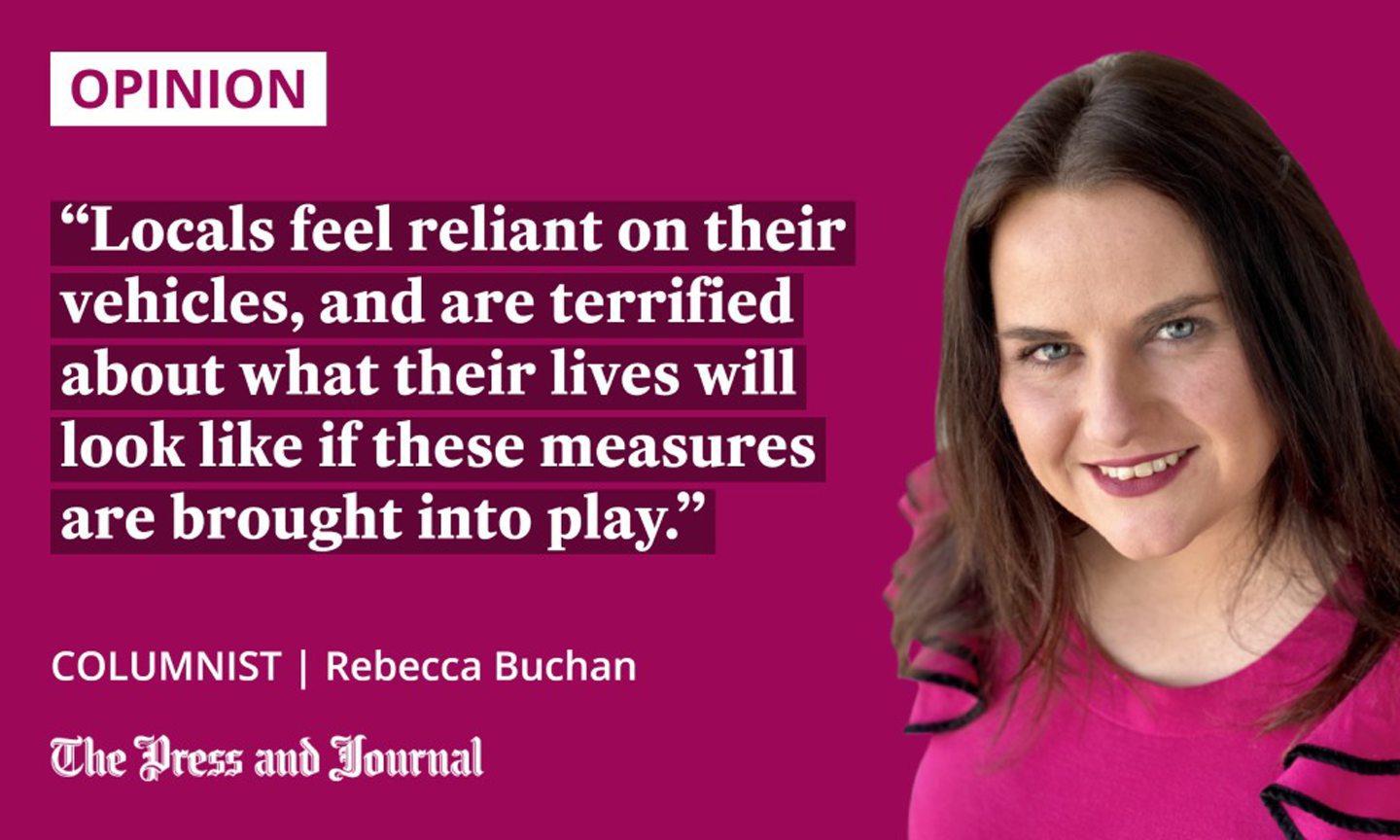
My 2014 Mini was bought when I worked out of the Lang Stracht. Early starts, late finishes and snowy winters did not make its location ideal for getting to without a car. But, now that we are based in the city centre, my daily walk to work takes just 25 minutes, and the car is otherwise largely redundant.
Before Ben and I met, I had been toying with the idea of getting rid of the Mini. And, with him planning to move to Aberdeen in the near future, there is even less of a need for us to have it.
But, the truth is, public transport is just not anywhere good enough for me to be able to do this.
Rail strikes, delayed and infrequent bus services, a lack of routes serving certain parts of the city and no Uber make even thinking about using public transport unappealing. During the almost 20 years I have lived here, I could probably count the number of times I have boarded a bus on two hands.
Locals feel reliant on their vehicles
When Aberdeen City Council revealed its latest plans to restrict traffic onto Union Street and around the beach as part of the masterplan, I thought it was a great idea.
I believe the future is in essentially carless spaces. There is something really special about well-designed, pedestrianised zones.
The Spanish city of Pontevedra has been car-free for 20 years. More than 12,000 people have moved into the centre since the traffic ban, and the once controversial mayor has been reelected four times since vehicles were removed. So, it can be done.
But, this can only be achieved if public transport is up to scratch, and ours is not. The uproar from the public since the consultation was launched into the proposed Aberdeen masterplan has been loud and clear.
Locals feel reliant on their vehicles, and are terrified about what their lives will look like if these measures are brought into play.
The stark prospect of what it would feel like if cars were indeed banned tomorrow is frightening
One woman in her 70s told me how isolated she would feel if the plans went ahead. “It would take me two buses and almost two hours for me to go for a coffee with my sister-in-law,” she explained.
She was also fearful of what the creation of the low-emission zone would mean for her and her old, diesel car. “I understand we need to change our ways,” she said, “But we can’t be expected to adapt to change effectively what feels like overnight.”
The reality is that these plans would not be put into place immediately, but the stark prospect of what it would feel like if cars were indeed banned tomorrow is frightening. Thousands would be cut off.
Better public transport will reduce car use
Real change is needed for this city in order for it to not just survive but thrive, and I absolutely agree that there would be huge benefits to having mainly car-free spaces. But, the council has a duty to prove to us that no one will be isolated, and that facilities will still be accessible to all.
At the moment, we are writing on average one story every week about people complaining about buses. This is not good enough.
People in Fittie have had their service removed, and now talks are in place around taking away the one linking the city centre and ARI to Dubford.
We have almost no internal trains, no underground, and no trams. A cable car has been touted, although not by the council. So, what exactly will be done to rectify this?
To me, the answer is simple. In order to make our city a more attractive place to spend time, and simultaneously meet climate targets, we have to think about ways to reduce the number of cars on our roads.
But, for that to happen, public transport needs to be so good that you don’t even need to own a car. Otherwise, you can’t expect anyone to get on board with the idea that they’re paying to have one, but are restricted in where they can drive it.
Until we get that right, sadly, I do not think we will see public backing for a carless Granite City.
Rebecca Buchan is City and Shire Team Leader for The Press & Journal and Evening Express
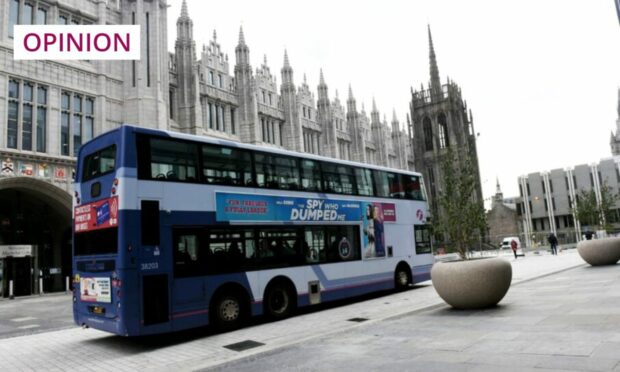
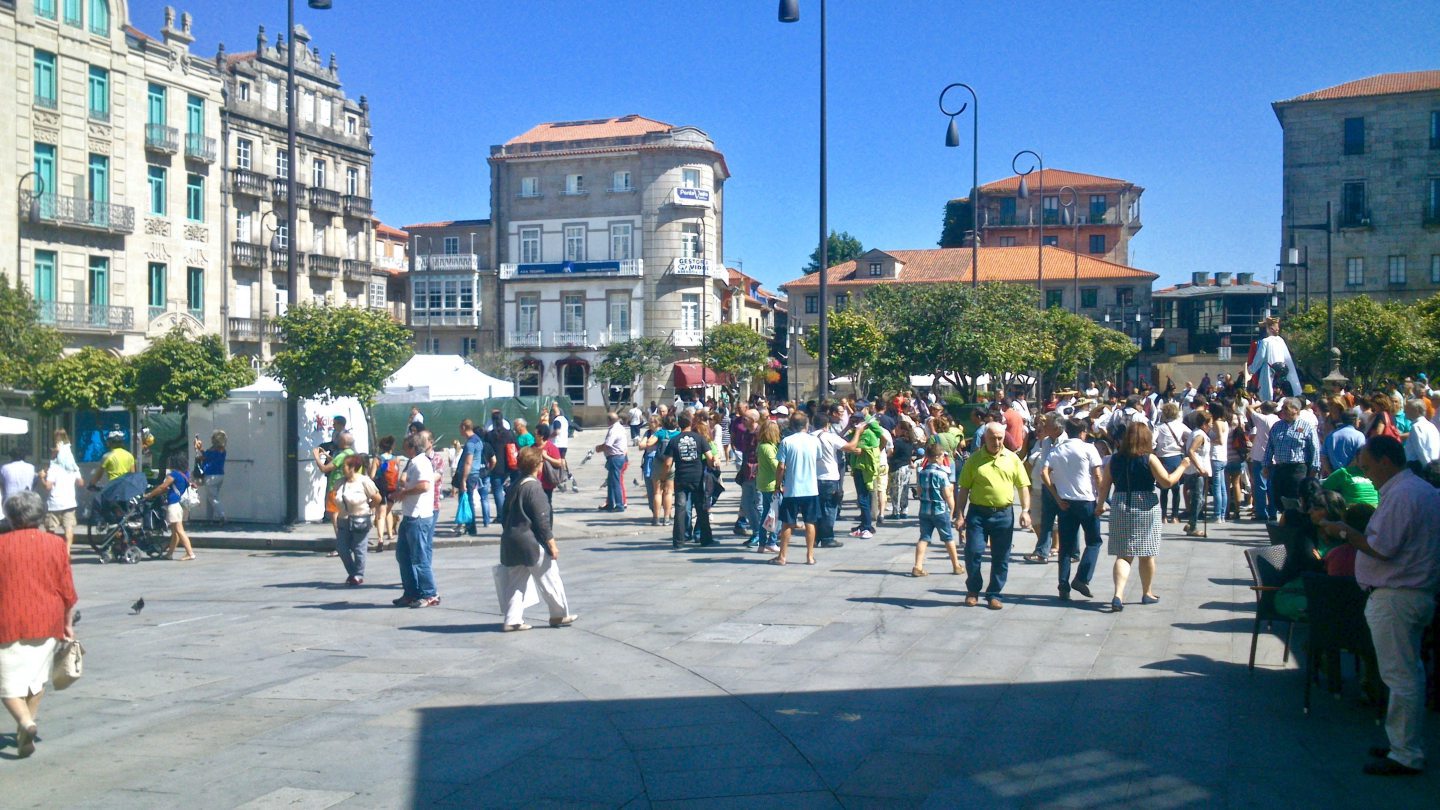
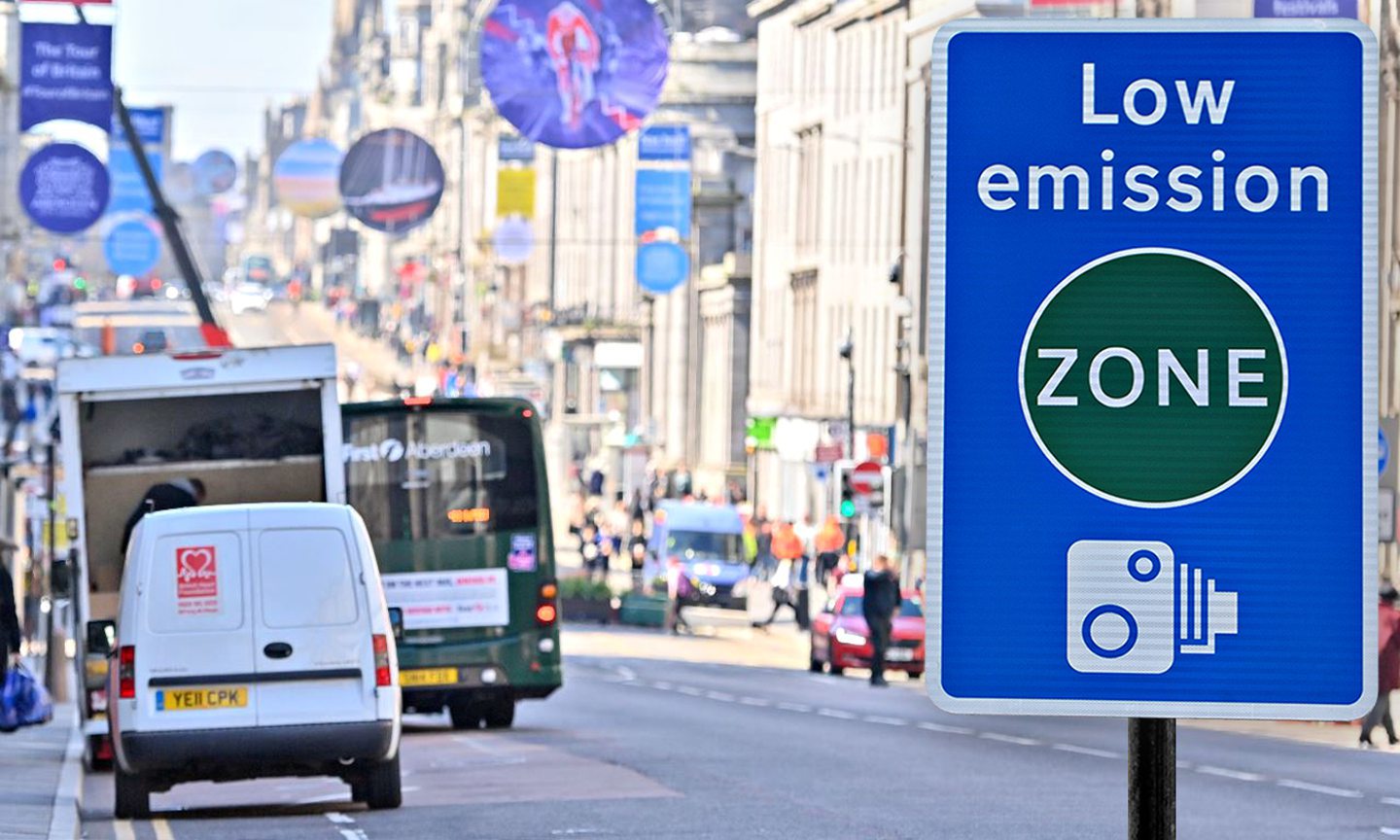
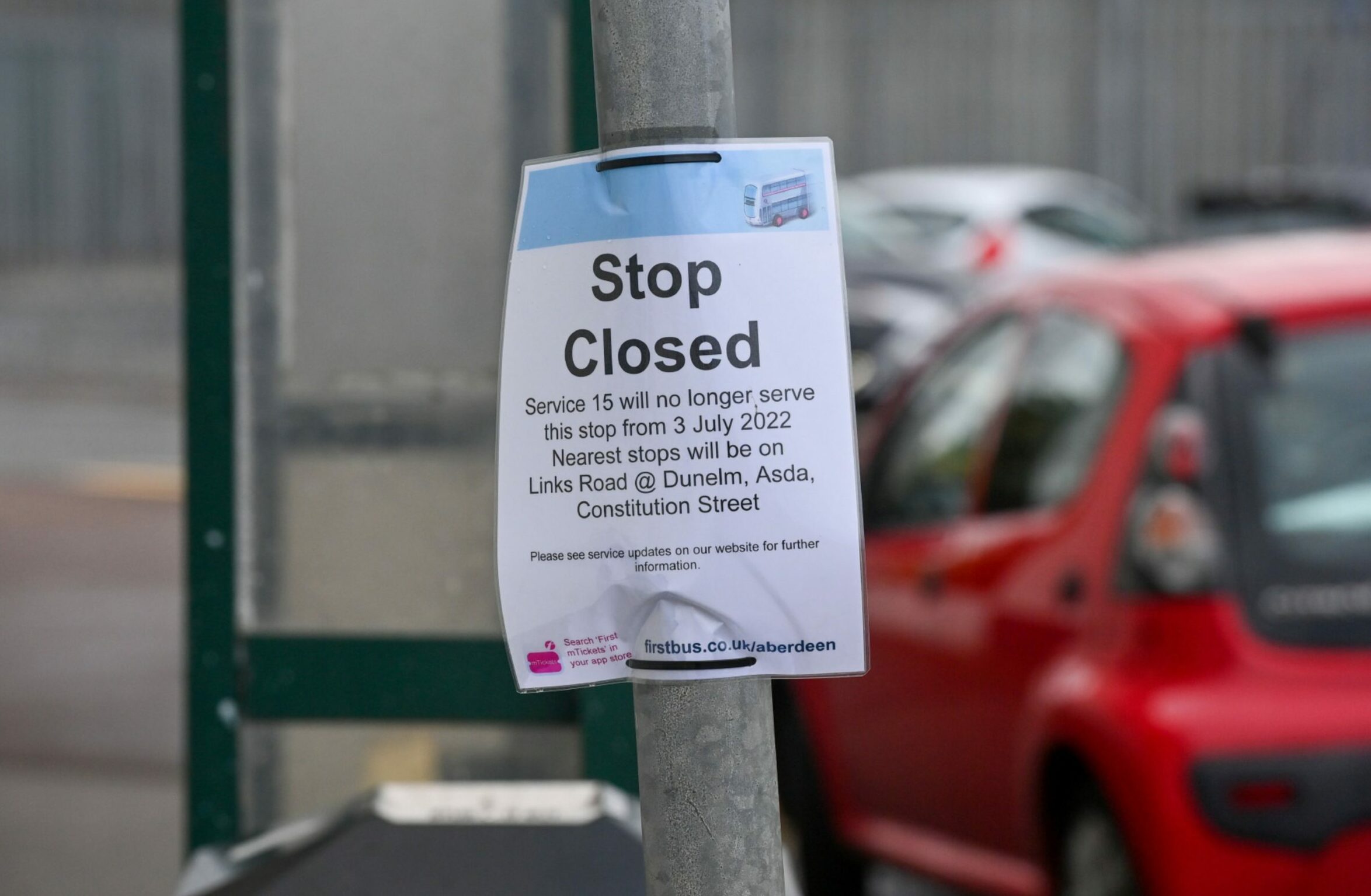










Conversation